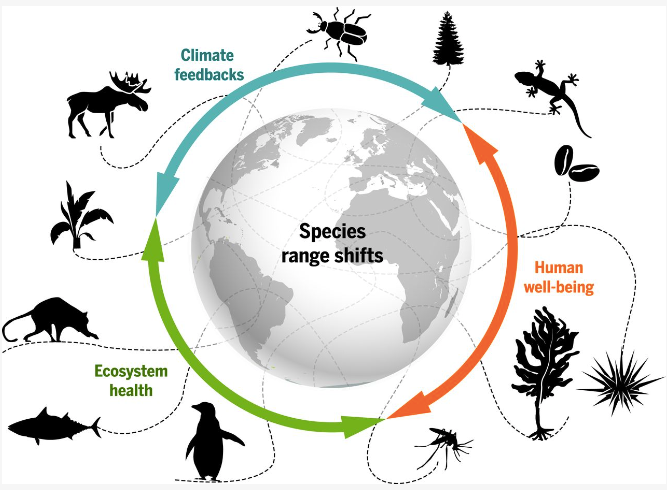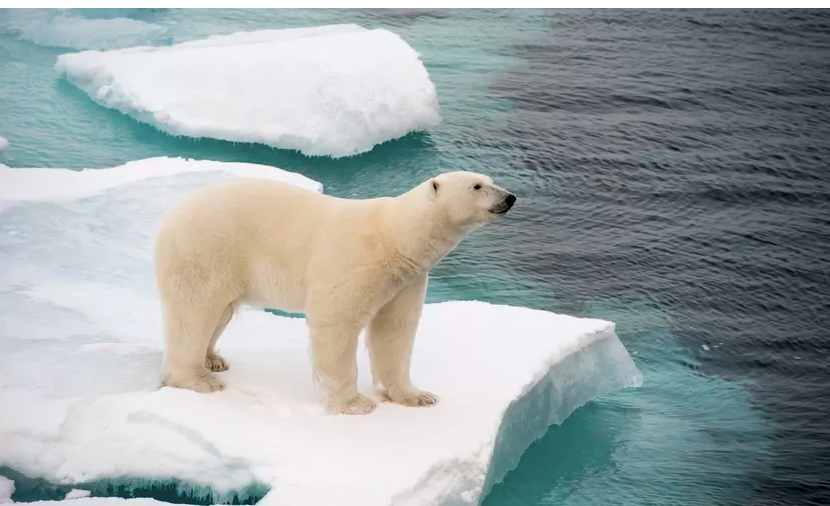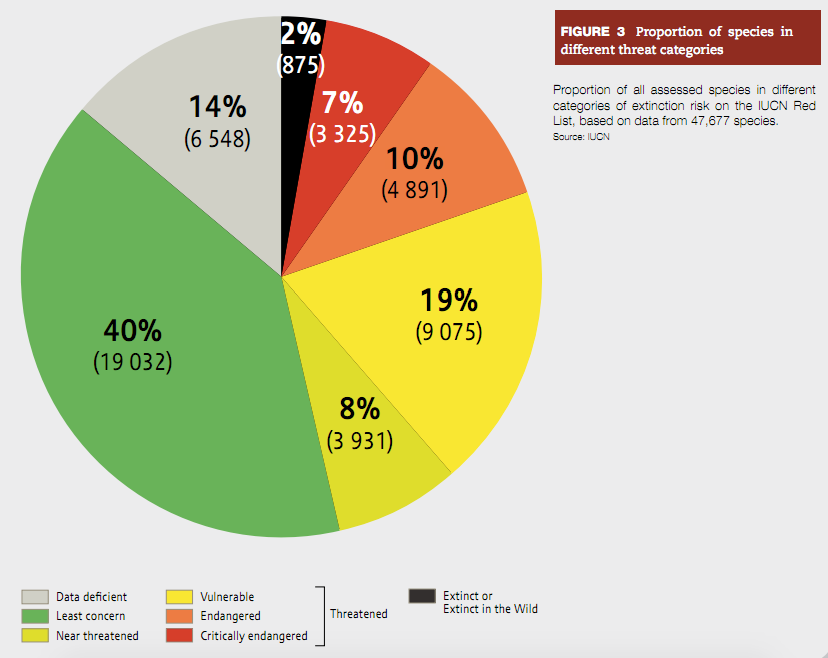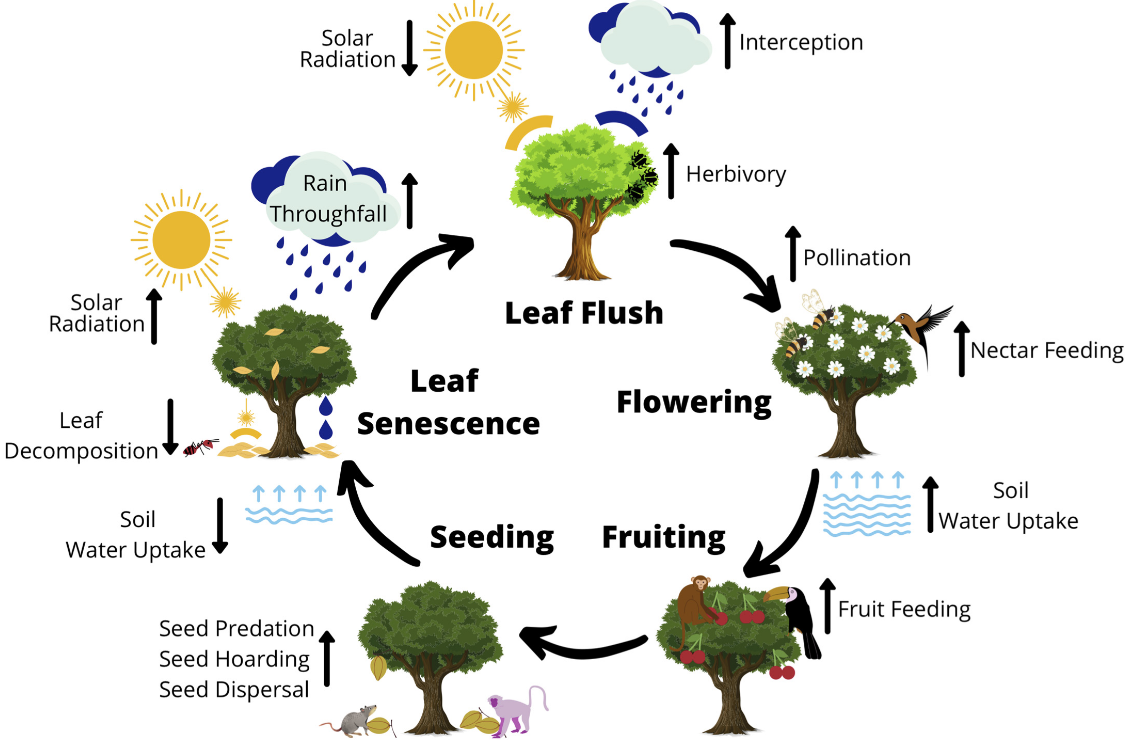The Impact of Climate Change on Biodiversity: Exploring the Fragile Ecosystems of our Planet
Biodiversity is the foundation of life on Earth. It encompasses the variety of species, ecosystems, and genetic diversity that coexist and interact to sustain our planet. Each species plays a unique role in maintaining the delicate balance of ecosystems,

Introduction
Climate change is one of the most pressing challenges of our time, and its impact on biodiversity cannot be understated. Our planet's delicate ecosystems are facing unprecedented threats as temperatures rise, weather patterns become unpredictable, and habitats are destroyed. In this article, we will explore the profound consequences of climate change on biodiversity and discuss the urgent need for global action to protect and preserve our natural world.
1. The Interconnected Web of Life
Biodiversity is the foundation of life on Earth. It encompasses the variety of species, ecosystems, and genetic diversity that coexist and interact to sustain our planet. Each species plays a unique role in maintaining the delicate balance of ecosystems, and any disruption can have cascading effects on the entire web of life. Climate change exacerbates these disruptions by altering temperature regimes, precipitation patterns, and ecological processes, putting immense pressure on biodiversity.

2. Habitat Loss and Fragmentation
One of the most immediate and visible impacts of climate change on biodiversity is the loss and fragmentation of habitats. Rising temperatures and changing rainfall patterns are causing shifts in vegetation zones and pushing species beyond their traditional ranges. This displacement often leads to habitat loss, as species struggle to find suitable environments for survival. As habitats shrink and become fragmented, species populations become isolated, making them more vulnerable to extinction.
3. Extinction Risks and Loss of Species
Climate change is a significant driver of species extinction. Rapid changes in temperature and precipitation can disrupt breeding cycles, alter food availability, and impact the delicate symbiotic relationships that exist in ecosystems. As species fail to adapt or migrate fast enough, their populations decline, and some may face extinction. The loss of even a single species can have far-reaching consequences, disrupting food chains and reducing the overall resilience of ecosystems.

4. Coral Bleaching and Marine Ecosystems
Marine ecosystems, particularly coral reefs, are among the most vulnerable to climate change. The warming of ocean waters leads to coral bleaching, a phenomenon where corals expel the algae living in their tissues, causing them to turn white and ultimately leading to their death. Coral reefs are not only biodiversity hotspots but also provide essential habitat for countless marine species. The loss of coral reefs has profound implications for the health of our oceans and the communities that depend on them.
5. Altered Phenology and Ecological Disruptions
Climate change is disrupting the timing of natural events, such as flowering, migration, and hibernation, in many species. This shift in phenology can create mismatches between species that rely on each other for survival. For example, if the timing of blooming plants no longer aligns with the arrival of pollinators, it can lead to reduced pollination success and a decline in plant populations. These ecological disruptions have far-reaching consequences, affecting entire ecosystems and the services they provide, such as pollination, seed dispersal, and pest control.

6. Conservation Strategies and Mitigation Efforts
Addressing the impact of climate change on biodiversity requires a multi-faceted approach. Conservation strategies need to be implemented at both local and global levels. Protecting and restoring habitats, establishing interconnected corridors, and creating protected areas are essential for preserving biodiversity. Additionally, reducing greenhouse gas emissions through renewable energy adoption, sustainable land management, and promoting eco-friendly practices is crucial to mitigate climate change and reduce its impact on biodiversity.
Conclusion
Climate change poses a significant threat to biodiversity, jeopardizing the intricate balance of ecosystems that sustain life on Earth. The consequences of habitat loss, species extinction, and ecological disruptions are far-reaching and require urgent action. Preserving biodiversity is not only crucial for the well-being of countless species but also for the resilience and stability of our planet. It is essential that we come together as a global community to address climate change, mitigate its impacts, and protect the fragile ecosystems that make our world a vibrant and thriving place




